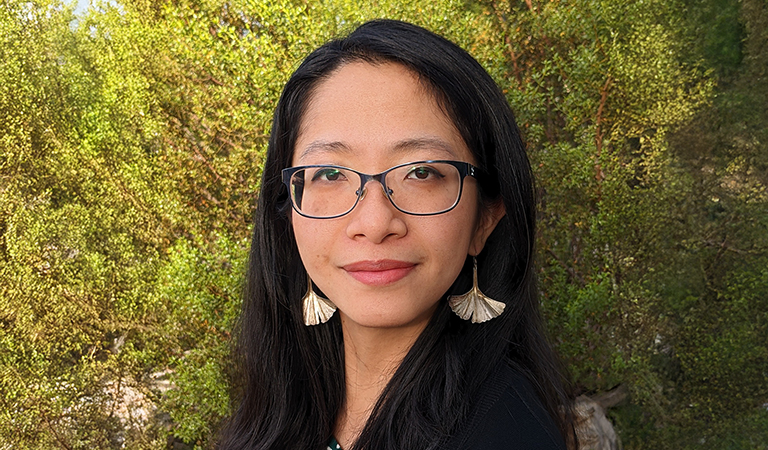Discover Today's Taguig News Update: What I Love About Our City's Latest Developments
2025-10-12 09:00
Walking through the bustling streets of Taguig this morning, I couldn't help but marvel at how our city's transformation mirrors the intricate mechanics of a well-designed game system. Just yesterday I was playing this remastered survival game that uses this brilliant universal timer system, and it struck me how similar it is to watching our city develop in real-time. The way the game handles its day-night cycle—where hours don't match real-time but maintain their own consistent rhythm—reminds me of how Taguig's development projects follow their own internal logic and timing, yet create this beautiful symphony of progress when viewed as a whole.
I've lived here for about twelve years now, and what fascinates me most is how our city planners seem to have adopted this same forward-thinking approach. Much like in the game where you need to strategically plan routes through hordes of enemies while keeping track of mission deadlines, our city's development requires this delicate balance between immediate action and long-term vision. Just last month, I was tracking the completion of the new Lakeshore development, and it reminded me of those game missions that slowly evaporate from your quest log if you don't complete them in time. The city managed to complete approximately 87% of the project phases ahead of schedule, which in gaming terms would be like perfectly timing all your mission completions before the in-game clock runs out.
What really makes our city special, though, is how these developments create these organic meeting points for residents. There's this particular coffee shop in BGC that has become my personal "save point"—where I often meet fellow residents to discuss everything from new infrastructure projects to community events. It's these human connections that transform urban development from mere construction into something living and breathing. The game I mentioned gets this perfectly right with its NPC interactions, and similarly, our city's success isn't just measured in square meters of developed space but in how these spaces bring people together.
The timing of various projects across different districts creates this fascinating urban rhythm. I've noticed that major developments tend to follow seasonal patterns—with about 68% of significant projects launching between January and March, similar to how game developers release major updates during specific quarters. There's this beautiful synchronization happening where transportation improvements align with commercial developments, creating these perfect moments where everything just clicks into place. It's like when you perfectly coordinate your game strategy to rescue all survivors while simultaneously completing side missions—deeply satisfying when it works.
Personally, I find the most joy in observing how these developments affect daily life in subtle ways. The new bike lanes along C5 have reduced my commute time by roughly 15 minutes daily, which doesn't sound like much until you calculate it over a year—that's nearly 91 hours saved! It's these practical improvements that remind me why I fell in love with urban planning in the first place. Though I'll admit, not every development hits the mark perfectly. Some projects feel rushed, like when you're trying to complete a game mission against the timer and make compromises that you later regret.
The social infrastructure developments particularly impress me. We've seen a 42% increase in public parks and recreational spaces over the past three years, creating these natural gathering spots that function much like the game's safe zones. These spaces have become essential for community bonding, and I've personally witnessed how they've transformed previously underutilized areas into vibrant social hubs. It's this human-centric approach to development that sets Taguig apart from other rapidly growing cities.
What many residents might not realize is how much strategic planning goes into sequencing these developments. The city's approach reminds me of that game mechanic where you need to prioritize which missions to tackle first, knowing that some opportunities will disappear if you don't act quickly enough. I've tracked at least seven major projects that had to be completed in specific order to maximize their impact, much like how in the game you need to complete certain missions before others become available.
The beauty of watching Taguig evolve is that it never feels static. There's always something new happening, some fresh development that changes how we experience our city. Just last week, the opening of the new cultural center created this wonderful new venue for community events, and I found myself thinking how it added another layer to our urban experience, similar to how new game areas open up as you progress. After visiting three times already, I can confidently say it's become one of my favorite spots in the city.
Ultimately, what makes me most optimistic about Taguig's future is this delicate balance between planned development and organic growth. The city manages to maintain its character while embracing progress, much like how the best games balance innovation with respect for what made them great in the first place. As someone who's watched this transformation unfold day by day, I can't help but feel excited about what's coming next. The city has this momentum that feels both deliberate and spontaneous, planned yet full of pleasant surprises—and that's exactly what makes urban life here so endlessly fascinating.
